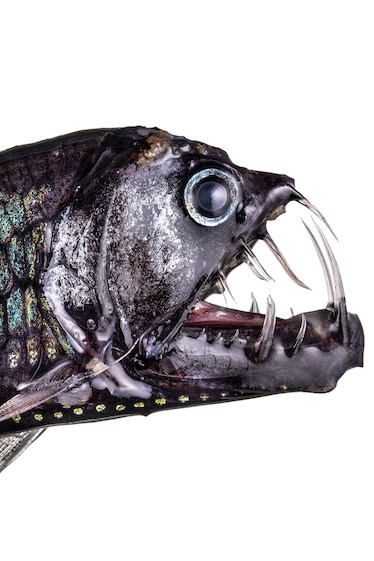What is clear, says Hoffman, who was former executive director at the Cornell Institute for Climate Smart Solutions, is that the decline of a particular crop can have a devastating impact on the local level—“like a giant factory moving out of town.”
To help communities weather this change, the study says food growers will need to adapt in a variety of ways, from using cover crops to keep soil healthy to breeding more climate-hardy varieties, such as coffee that can tolerate higher temperatures.
But as a solution, breeding has limitations: It can take years to perfect, and plant breeders may not be able to keep up with the pace of climate change, says Charles Brummer, director of the plant breeding center at the University of California, Davis. Even the most heat-tolerant plants may not be able to successfully produce if heat waves become more severe and more frequent.
By predicting decades in advance how agriculture will change, scientists can help farmers know what to expect, and can advise policy makers on how to encourage farmers to use more efficient growing methods like cover crops to prevent erosion or planting new crops when needed.
“It’s crucial for food and nutrition security to model such changes and their impacts on agriculture,” says Grüter. “We model now mainly cash crops, but avocado is also an important, nutritious crop.”



